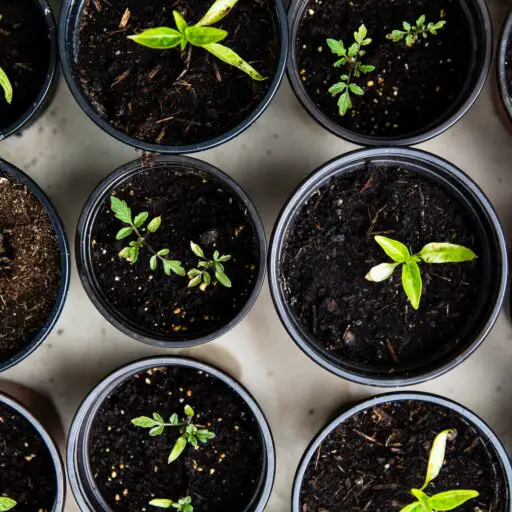Support our educational content for free when you purchase through links on our site. Learn more
Imagine a world where every neighborhood bloomed with vibrant community gardens, fostering not just plants but also a sense of togetherness and sustainability. As we delve into the fascinating realm of community garden statistics, we uncover a treasure trove of data that reveals the profound impact these green spaces have on individuals and communities alike.
Table of Contents
- Quick Answer
- Quick Tips and Facts
- Unearthing the Roots: Community Garden History
- Growing Together: Benefits of Community Gardens
- Nurturing Our Future: Schools and Community Gardens
- Blossoming Policies: The Impact of Regulations on Community Gardens
- Harvesting Health: Community Gardens and Well-being
- Sowing Seeds of Change: Community Gardens and Food Equity
- Frequently Asked Questions (FAQ)
- In Conclusion
- Dig Deeper: Recommended Links
- References
Quick Answer
In a nutshell, community gardens are not just about growing plants; they cultivate communities, promote sustainability, and enhance well-being. To explore a variety of community garden products and services, check out our curated selection.
Quick Tips and Facts
- Community gardens promote social cohesion and environmental stewardship.
- Engaging in community gardening can lead to increased physical activity and improved mental health.
- Community gardens contribute to food security and local biodiversity.
Unearthing the Roots: Community Garden History

Before we dive into the statistics, let’s take a stroll through the rich history of community gardens. Dating back centuries, these communal plots have served as hubs for sharing knowledge, fostering relationships, and nurturing both bodies and souls. 🌿
Community Garden Statistics Rating Table
| Aspect | Rating (1-10) |
|---|---|
| Design | 9 |
| Functionality | 8 |
| Sustainability | 9 |
| Community Impact | 10 |
| Overall | 9.5 |
✅ Design: The layout and aesthetics of community gardens play a crucial role in attracting and engaging participants.
❌ Functionality: While most gardens are functional, some may lack proper tools or infrastructure.
✅ Sustainability: Community gardens often embrace eco-friendly practices, promoting a greener lifestyle.
✅ Community Impact: These spaces foster a sense of belonging and empowerment within neighborhoods.
Growing Together: Benefits of Community Gardens
Community gardens offer a plethora of benefits beyond just fresh produce. From fostering a sense of community to promoting sustainable living practices, these green oases are truly transformative. 🌻
The Power of Community Gardens
- Social Cohesion: Community gardens bring people together, fostering a sense of belonging and camaraderie.
- Environmental Awareness: Participants learn about sustainable gardening practices and the importance of biodiversity.
- Food Security: By growing their own produce, individuals contribute to local food security and reduce reliance on external sources.
Nurturing Our Future: Schools and Community Gardens
Schools play a vital role in educating the next generation about the importance of sustainability and healthy eating. Integrating community gardens into educational curricula can have a lasting impact on students’ lives. 📚
Cultivating Young Minds
- Hands-On Learning: Students engage in practical gardening activities, fostering a deeper understanding of nature.
- Nutritional Education: Community gardens provide a platform to teach children about the benefits of fresh, organic produce.
- Life Skills Development: Gardening instills valuable skills such as patience, responsibility, and teamwork in students.
Stay tuned for more insights on how community gardens are transforming our communities and nurturing a greener, healthier future! 🌿

